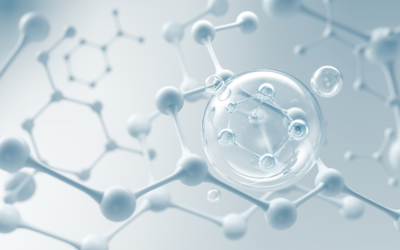
Headaches, common to many, can range from annoying cephalalgia to intense migraines that impair quality of life. This often underestimated affliction is of considerable importance in overall health, affecting the well-being and daily activities of millions of people.
Exploring the types, causes, and solutions for headaches is critical to understanding the complexity of this condition.
Types of headaches
Headache is not a monolithic disorder, but rather a complex condition with different manifestations. Understanding the various types of headaches is crucial to identifying the underlying causes and determining the most appropriate treatment. Below, we will explore some of the major categories:
- Tension-type headache: This is the most common form of headache and is often associated with stress, muscle tension and poor posture. Characterized by a feeling of pressure or tightness around the head, this type can be occasional or persistent.
- Migraine: type of headache characterized by recurrent episodes of throbbing pain, often accompanied by nausea, sensitivity to light and sound. It is suffered by 12% of the world’s population, particularly women, from puberty to menopause.
- Cluster headache: characterized by sharp, intense pain occurring in rapid succession, often at the orbital level. This form is rare but extremely painful.
Understanding the type of headache you experience is the first step in effectively managing your symptoms.
Causes and triggers of headache
Headaches can result from a variety of causes, both internal and external, and understanding these factors is essential to effectively manage and prevent this annoying condition.
- Muscular and postural origins: muscle tension in the neck and shoulder area can cause tension headache. Poor posture, especially during long sessions at the computer, can contribute to the onset of this type of headache.
- Dietary factors: certain foods and drinks can be responsible for headaches, especially in sensitive individuals. Examples include excessive caffeine intake, consumption of tyramine-rich foods, such as cheese or red wine, and alcohol abuse.
- Hormonal causes: hormonal fluctuations, particularly in women related to the menstrual cycle, pregnancy or menopause, can trigger migraines. Hormone therapy and contraceptives may also influence the frequency and intensity of headaches.
- Genetic factors: individuals with family members with migraine tend to be more likely to experience similar episodes.
- Stress: among the most common causes of headaches. Stress management through relaxation techniques can reduce the frequency of episodes.
Treatment of cephalalgia and migraines
Effective management of headaches requires combating the problem from several fronts. A first step may be to make lifestyle changes such as starting to exercise, maintaining regular sleep and adopting a balanced diet. Mindfulness techniques and stress management are also proven to be effective, especially in cases where stress is a major factor in the onset of headaches.
In case this is not enough, there are also pharmacological treatments. In the case of headaches, there are no specific medications that demonstrate significant efficacy. Painkillers are often not decisive, although in some cases nonsteroidal anti-inflammatory drugs (NSAIDs) offer some benefit.
In contrast, specific prescription drugs are available for migraine, such as triptans, which are known to be effective. The use of common painkillers and anti-inflammatory drugs can also be considered to treat the migraine attack, sometimes in combination with the triptans themselves to maximize efficacy.
Headache prevention
From a prevention perspective, administering medications such as amitriptyline may be an option in the case of particularly frequent headaches. In the case of migraine, effective but nonspecific drugs such as beta-blockers and flunarizine may be useful.
In recent years, specific migraine prevention drugs have been introduced, acting directly on the neurotransmitter involved in the migraine process, Calcitonin Gene Related Peptide. Blocking the receptors for CGRP in chronic migraine sufferers has a dual effect: preventing inflammation and stopping the central transmission of pain. These therapies have shown great efficacy with a dramatic reduction in seizures.
Headaches can be debilitating, but with the right knowledge and a targeted approach, it is possible to find relief and improve quality of life. Health is an ongoing journey, and proactively addressing headaches is key to improving the overall well-being of those who suffer from them on a daily basis.


